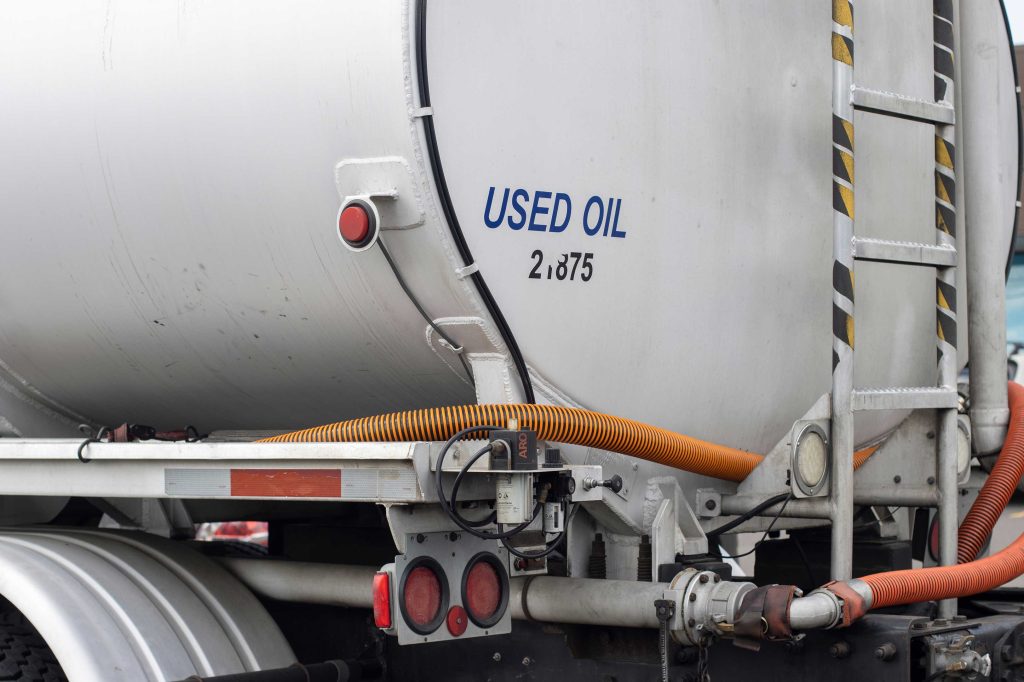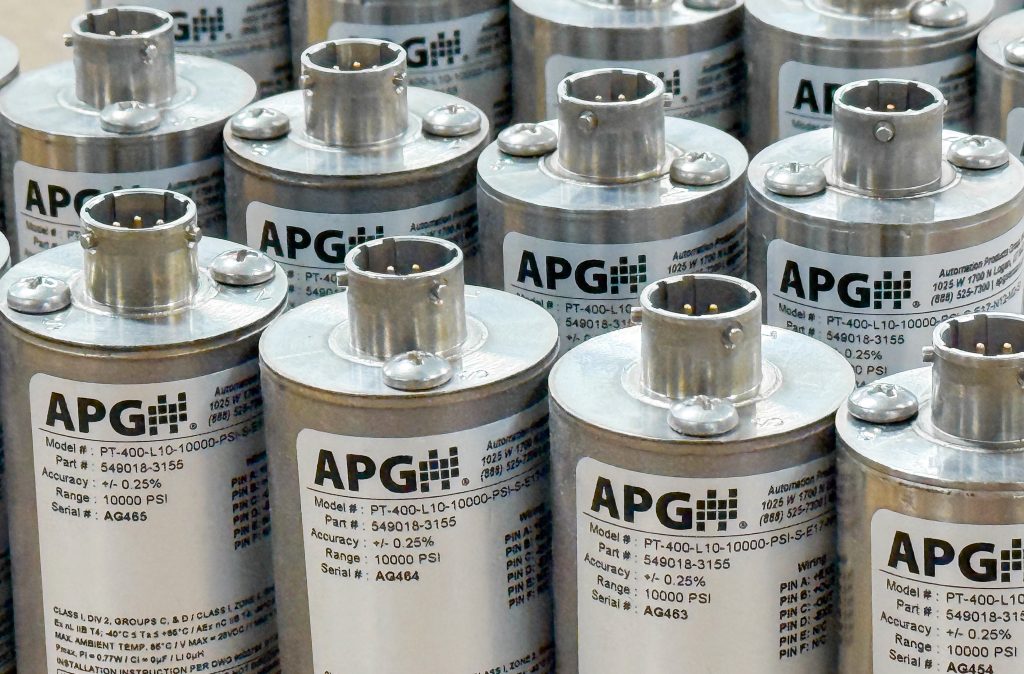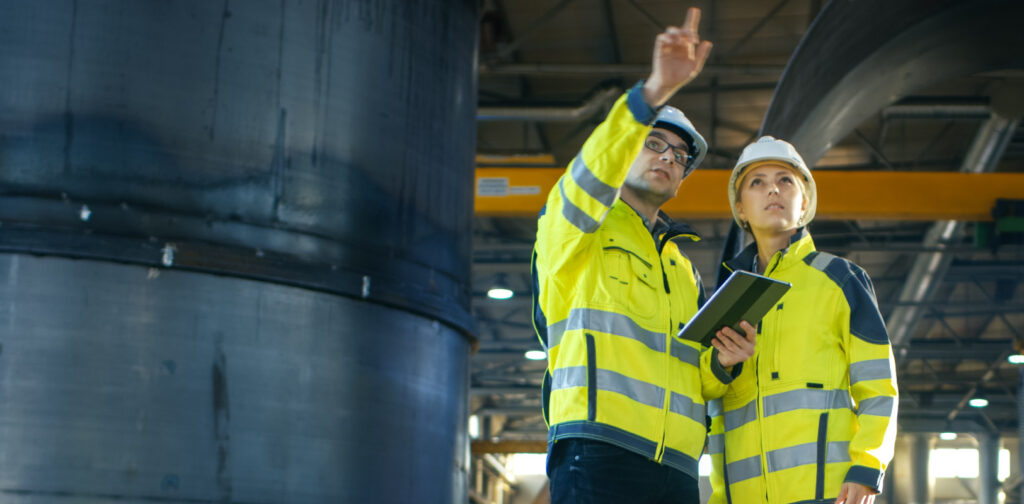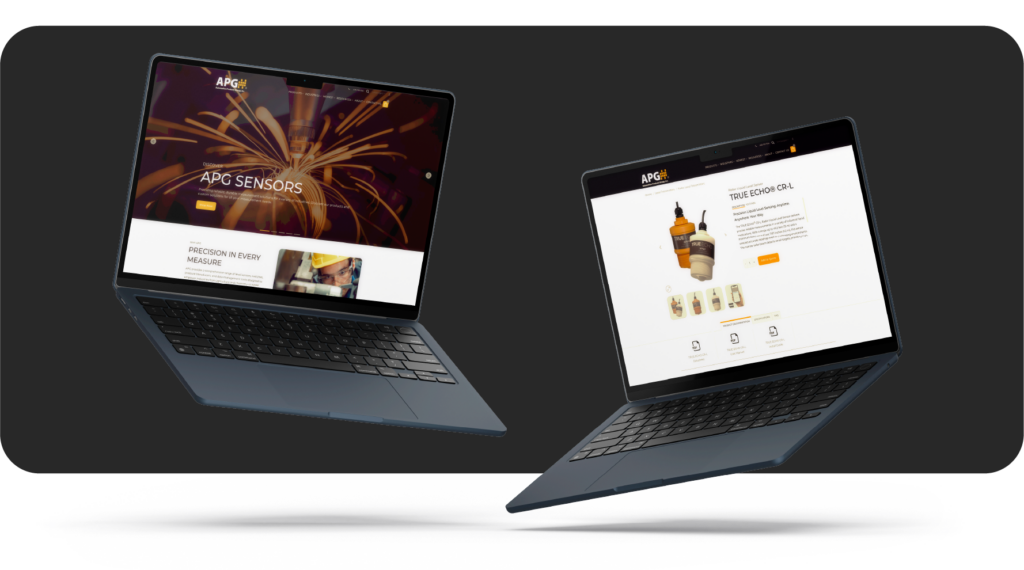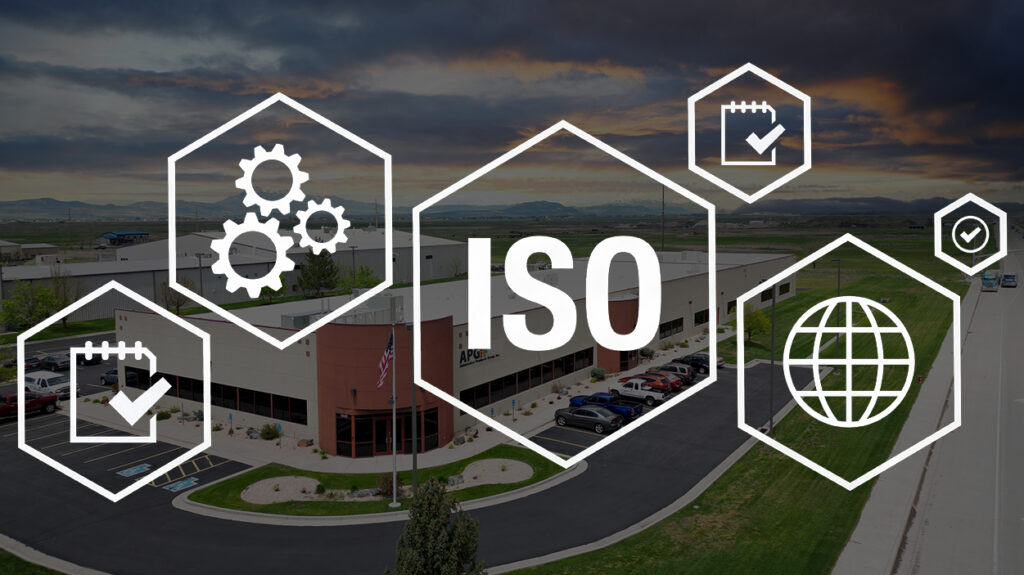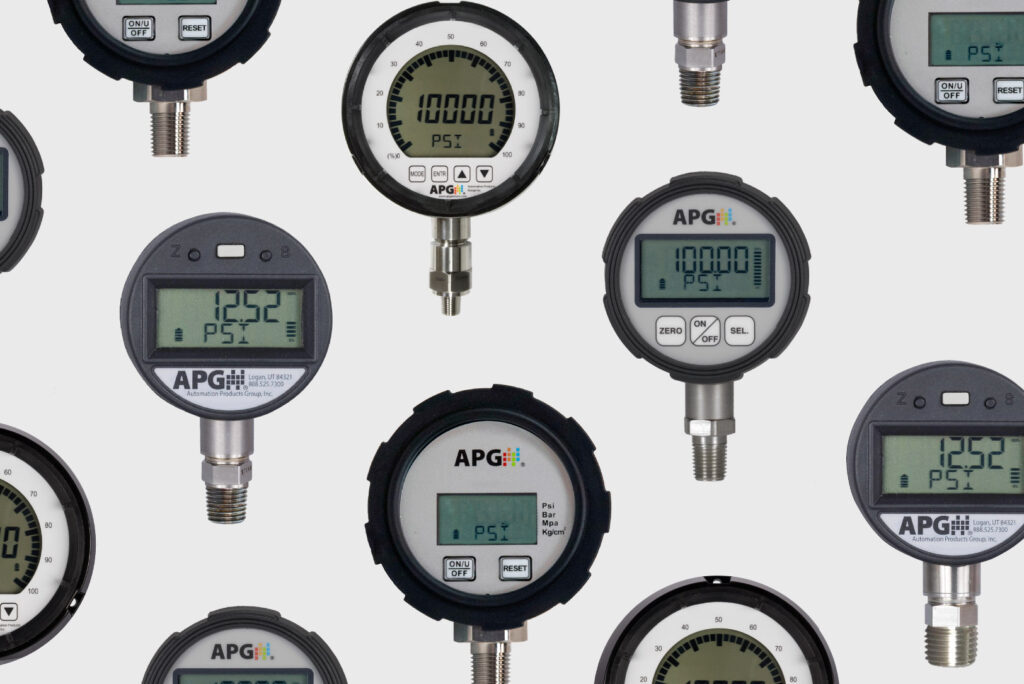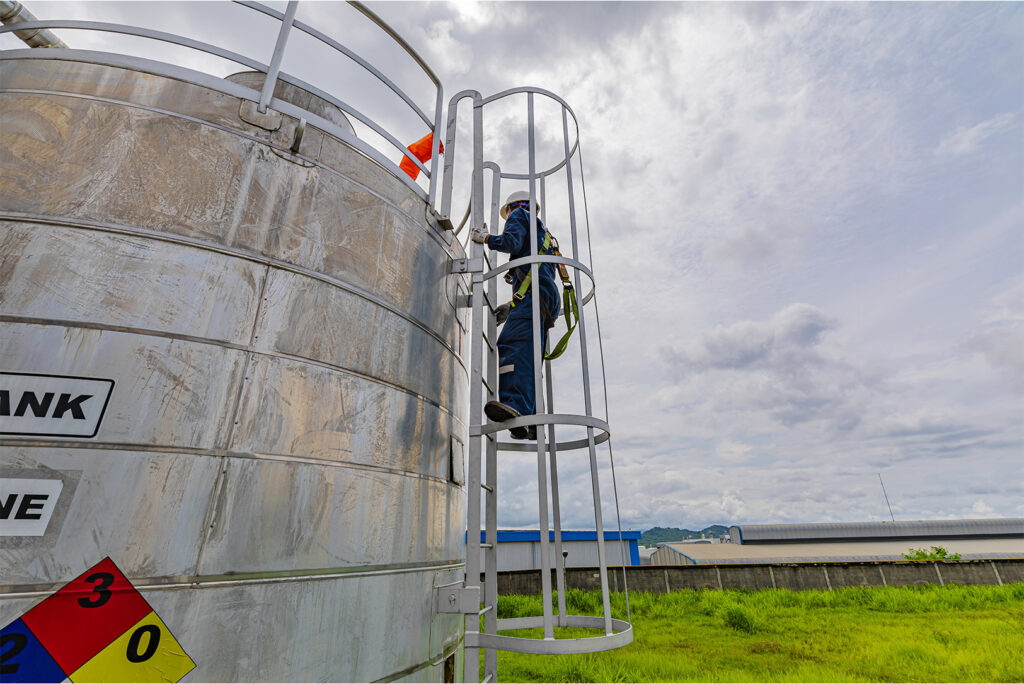With pressure transducers, grounding is an important aspect for accurate measurement. At Automation Products Group, Inc. (APG), we supply many industrial pressure transducers that can be safely and easily grounded. But what is grounding and why is it important? We’ll describe why it’s important to keep your pressure transducer grounded and the best practices in […]
Cooking oil is a vital component to many restaurants, allowing them to craft stir fries, deep fry tasty chicken, and deliver batches of hot, crispy fries to diners. But managing the flow of new and used cooking oil is a constant cycle each restaurant must balance, and that’s where a cooking oil collection company comes […]
For quality products and good quality industrial sensors, look no further than selecting a sensor from Automation Products Group, Inc. (APG). But what sets an APG sensor apart from the rest? Let’s take a look. Customized, Tailored Solutions APG’s engineering team has developed custom OEM solutions for a variety of applications. From tank monitoring to […]
Pressure sensors and gauges need to be calibrated regularly for optimal performance. Calibration depends on the sensor’s measurement and the environment it’s operating in. A typical calibration schedule might be anywhere from once a year to once every three months. The National Institute of Standards and Technology (NIST) is an organization that certifies a sensor’s […]
Here at Automation Products Group, Inc. (APG), each of our sensors are custom-built to serve the needs of each individual customer. But before you start customizing your sensor, you first need to ask yourself a few questions. Sensor Selection Process 1. Contact or Non-contact? Whether or not your sensor directly touches what it’s measuring will […]
At Automation Products Group, Inc. (APG), we’re excited to introduce our newly redesigned website—a fresh, modern digital experience built to serve you better. Whether you’re browsing our product catalog, looking for sensor solutions, or seeking technical support, our redesigned website is here to make your experience faster, smoother, and smarter. APG has grown over the […]
Quality isn’t something achieved once—it’s an ongoing process of continued growth. That’s why APG proudly maintains our ISO 9001:2015 certification, reinforcing our commitment to doing things right, every time. The International Organization of Standards (ISO) is the world’s leading organization for standards on quality management systems. Their primary goal is to develop and publish international […]
In a hydraulic system, it’s beneficial to display the force being exerted by a hydraulic ram. Automation Products Group, Inc. (APG) offers digital pressure gauges that can display the pressure readings in a few industry-standard units, alongside other units for force, by using a simple conversion factor or multiplier. PG7 and Custom Unit Converter Years […]
From liquid level sensors to float switches to pressure transducers—it’s vital that each industrial sensor performs its job correctly. Upgrading or replacing sensors is a necessary task for operations to run smoothly. But when is the best time to do it? At Automation Products Group, Inc. (APG), we’ve put together a handy guide on five […]

